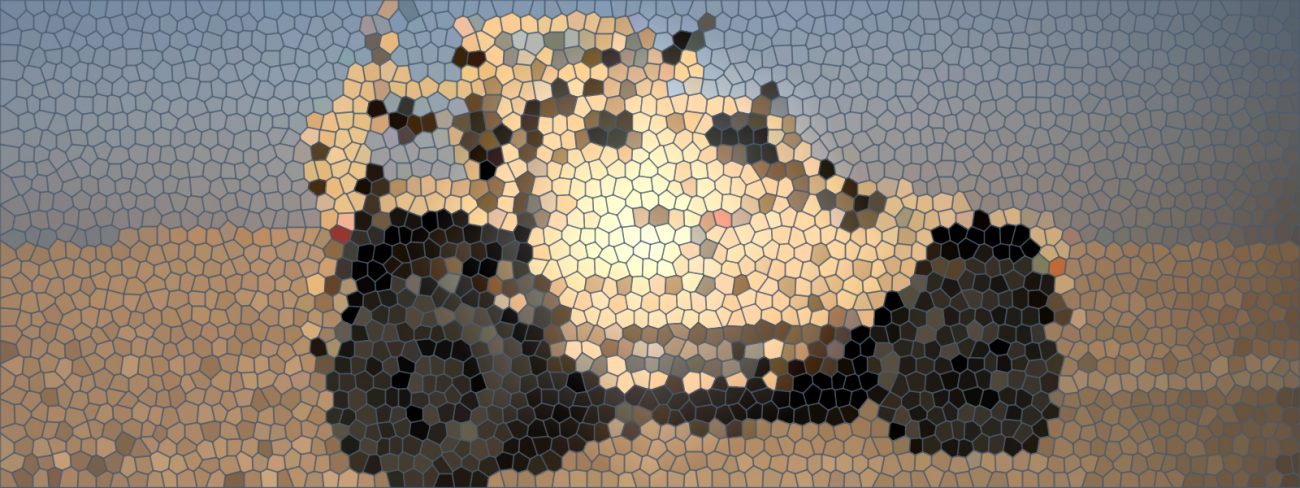Operated through the University of Connecticut School of Engineering, the Digital Design Research, Analysis, and Manufacturing (D2REAM) Center – an academic-government-industry partnership that will develop groundbreaking modeling and simulation capabilities for the next generation of Army ground vehicle systems – aims to support advanced structural digital design and manufacturing, and discovery of novel metamaterials.
By using the strong research ecosystems at UConn, the center, which launched in July, looks to build a stronger partnership between academia, government, and industry. The center is supported by a $4 million round of funding in its first year, and by an additional $5 million in the second year.
“Our objective is to formulate and develop novel digital engineering models that will help the Army make better predictions, which in turn will further reduce the need to build physical prototypes,” says Mechanical Engineering Professor and Department Head Horea Ilies, who leads the center along with Castleman Professor of Engineering Innovation Associate Professor Julián Norato. “We have at UConn one of the strongest computational design and manufacturing groups in the nation.”
Other center faculty currently include Mechanical Engineering professors Farhad Imani, SeungYeon Kang, Kyungjin Kim, Jiong Tang, Hongyi Xu, Osama Bilal, and Dean Kazem Kazerounian.
“To start, we will focus on 11 diverse projects led by nine principal investigators,” says Ilies. “The center itself is focused on developing advanced modeling and simulation capabilities. The academic and industrial community has been working for a very long time on coming up with computer models that are good enough, in terms of predictive capabilities, to guide designs and eliminate the physical prototypes. Given the recent advances in computational strategies and capabilities and the latest developments driven by powerful machine learning and data-driven methods, we are well positioned to significantly improve the realism and utility of these predictive capabilities.”
Better digital models will allow the US Army to design and build vehicles quicker and more affordably.
The team celebrated with a kick-off event in early July at UConn. US Army Ground Systems Chief Scientist David Gorsich, US Army Thrust Area 4 Co-Leader Vamshi Korivi, UConn President Radenka Maric, UConn Vice President for Research Pamir Alpay, Kazerounian, and other Army and UConn representatives and students were in attendance.
“The US Army has all the problems and challenges that all the standard automotive companies have, but they are much, much harder,” Gorsich says.
The US Army Ground Vehicles Systems Center maintains collaborations with higher education, defense, and automotive industry parties to codevelop key ground vehicle technologies. At the national level, GVSC’s research collaborations focus on a wide range of topics, from ground vehicle autonomy to propulsion and virtual prototyping. At UConn, the research activities of the new D2REAM research center will focus on four main areas: advanced structures and materials, advanced manufacturing and processing, AI-driven approaches for product development, and design and virtual prototyping of engineered systems.
University and Army leaders also seek to train a talented workforce and thought leaders for government and industry. The UConn faculty team is actively recruiting graduate students to aid in this effort.
For more information on the D2REAM Center, or to get involved, visit the new website or connect with Prof. Ilies or Prof. Norato.



